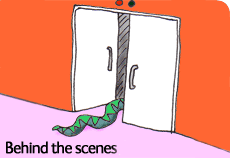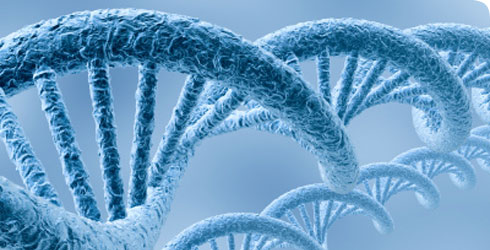DNA analysis
Looking at the genetic information, or DNA, from an animal or plant cell allows us to investigate how different organisms are related. Increasingly researchers are looking at the DNA of organisms to distinguish one species from another.
Genes are made up of DNA. Scientists analyse genes by taking a sample of DNA from an organism and sequencing it. We can compare these sequences to look at the similarities and differences between species. The more similar the sequences are, the more closely the organisms are related.
This kind of molecular analysis is adding a new type of knowledge to our collections, increasing the number of ways that our specimens can be used.
When analysing gene fragments, scientists usually use a technique called electrophoresis. This produces results in a visual way, making comparisons of gene sequences easier.
Scientists use evidence from many different analytical tools to work out the possible relationships between species. Computers have transformed the analysis of the groupings of organisms. Numerical analysis that would take months, or years, by hand is now carried out in minutes by desktop computers.
Toolbox

Last year nearly 100,000 specimens were loaned to scientific institutions and researchers worldwide.
